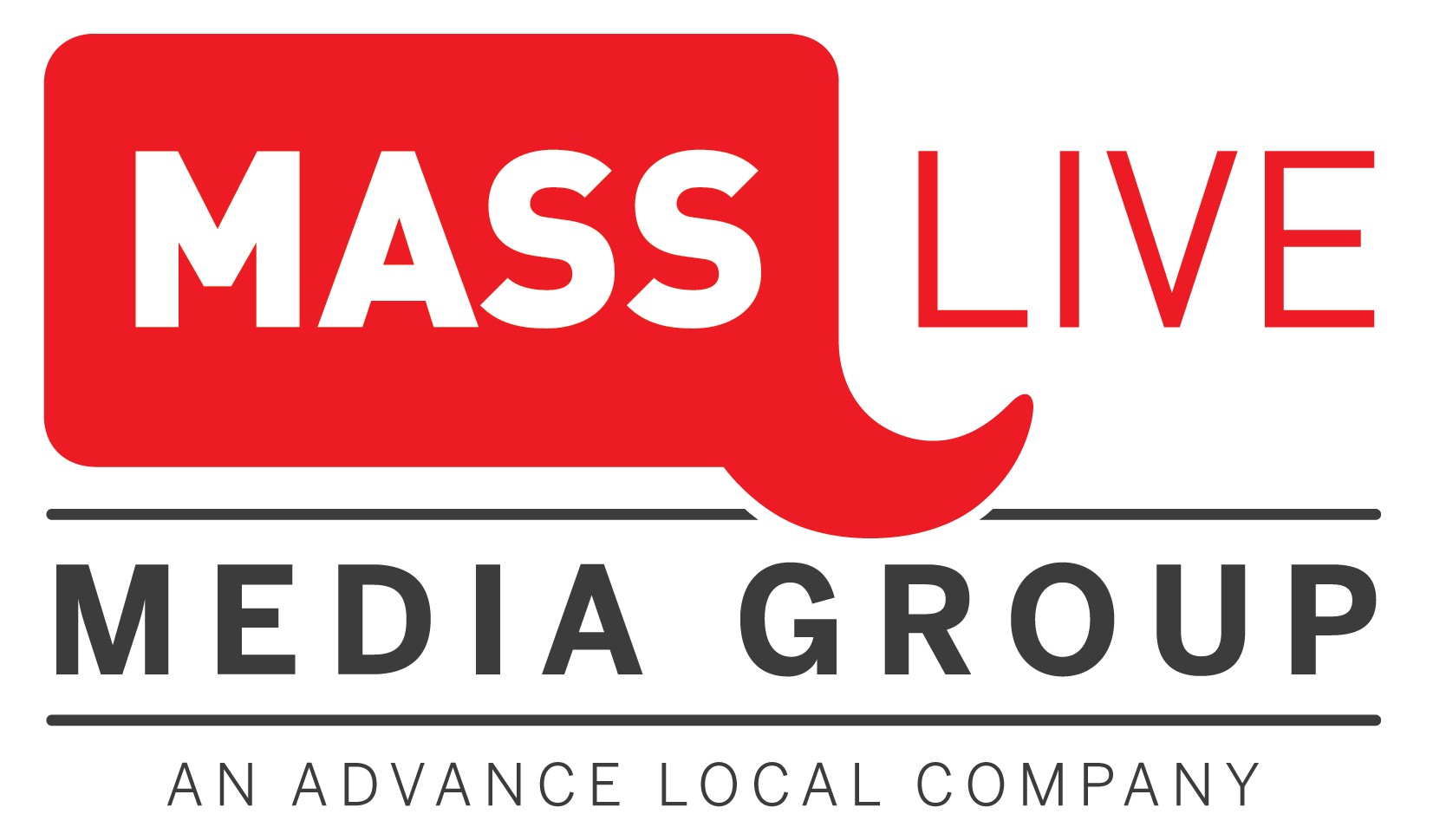Marketing, in all its iterations, uses every touchpoint we share. These touchpoints exist between us, in our internet travels, as one-way mass communications, broadcast, news and other editorial content. You even garner marketing messages in places you don’t consider: a friend in a branded tee, a mention on a social media post, or in the aisle at your corner drugstore. Good marketers find ways to reach you in ways that don’t feel like marketing at all, and the development of digital capabilities has changed considerably.
But great digital marketing is so much more than a good message.
Synergy
Consider how and where your audience sees your message. Are they getting served in places relative to the ad’s purpose? An article on the design of political campaigns could be an introductory place for a reader to experience ads containing topics relevant to the candidate, for instance. A more obvious illustration might be a webpage containing inventory of sinks and faucets, and advertising for plumbers or home improvement professionals.
Synergies might include crafting content inviting audiences to learn, engage, or consider, and click to find out more. Coke’s online magazine, the Coca Cola Journey, allows visitors to consume by topic, brand, or even content type (music and video). Offering a bird’s eye view into their sustainability efforts, corporate culture, and history, Coke does this incredibly well. All of these materials are used again within campaigns, either in the social space or other efforts, providing nearly unlimited topics for this purpose. (See for yourself.)
Strategy
Most of us think that strategy is about having a plan. That’s a great definition of the word. But strategy doesn’t simply exist in the planning. When approached scientifically, every element of the decision-making is organized, executed, and observed, but then adjusted based on outcomes. If your measure of success is simply the launch without taking into account the after-affects: performance, awareness, perception, interest, engagement and lift, then you are doing your brand a disservice.
Think with Google talks about their own efforts in the video arena. “For online video platforms such a YouTube, engagement metrics (for instance views, likes, shares, comments, and watch time) provide a basic barometer showing how an audience responds to videos. These metrics are important because they help to inform strategies as well as the content of the video ads. The result—hopefully—is quality content that the audience finds useful, entertaining and shareable. Creating things that an audience likes is only part of the job though. The effectiveness of an ad campaign is also evaluated by how it affects brand metrics such as awareness, perception and audience interest.” (See the full article here.)
Innovation
The best marketers are ones that insist on breaking everything. They want to think differently and try to max out the available technology. Most importantly, they want to measure and use data until we’ve refined our measurements beyond available scale.
Facebook is a re-inventer. A terrific example of their current innovations include dark posts. Haven’t heard of the dark post? Allowing users to post for different audiences, using different messages for demographic and geographic targets without having the post appear in the brand’s news feed is a handy tool. Someone at facebook said at one point, “You how we created this thing to do such-and-such? Well, what if someone has no use for that?” (Learn all about dark posting here.)
How is your organization busting the norms? What technology did you break today? Share it!
Need help making sure you are optimizing all of your marketing touch-points? Contact our digital experts for help today.



 Ad Choices
Ad Choices